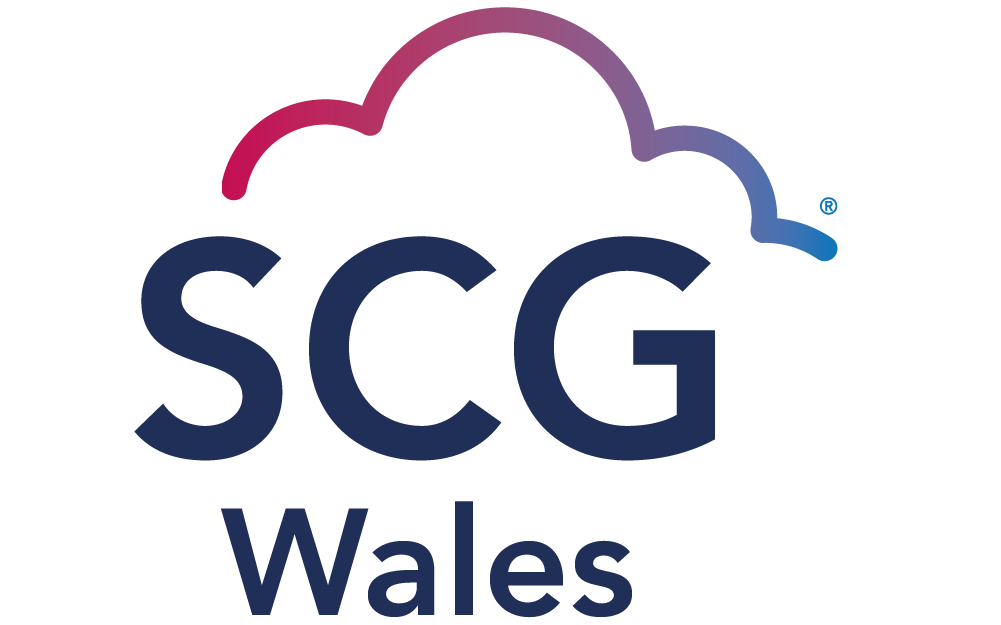DataKom has been shortlisted for the ‘Growth Business of the Year’ award at the South…
A nostalgic look back at influential business technology
Posted on 25th July 2019 under Blog.
Technology has evolved rapidly, and it’s still advancing.
Globally, businesses can function more efficiently than ever, with an increase of innovative and cutting-edge products available on the market.
Software and devices such as the smartphone, 5G, VoIP and cloud-based phones have connected businesses globally and helped them increase their profits.
But it’s easy to forget the more basic, simpler devices which were ground-breaking for their time.
It’s time to take a nostalgic look back at some of the most influential technology of the past couple of decades.
The floppy disk
Before the time of Dropbox and Google Drive, there was the humble floppy disk.
More than 5 billion floppy disks were bought in the mid-90s. The thin and flexible disk was used as primary data storage medium
Now as good as forgotten, the floppy disk was one of the most influential technology introductions in the software industry.
Given the choice today, we’re pretty sure you would rather stick to using the Cloud as your business’s chosen storage medium.

The personal digital assistant (PDA)
The world’s first ever ‘pocket computer’ was extremely popular in the 90s/00s, It combined a calculator with a diary and searchable address book.
You may also remember it was referred to as the ‘palmtop’.
As technology quickly advanced, its functions became merged with the mobile phone. The smartphone swiftly took the place of the modest PDA when it was released.
When the first generation of Apple’s iPhone was introduced in 2007, the PDA was immediately forgotten.
The pager (or ‘beeper’)
The pager had a few names, including ‘buzzer’ and ‘beeper’, and was a commonly-used personal telecommunications device for short messages in the 90s/00s.
A one-way pager would only be able to receive a message that contained a few digits, and a two-way pager allowed you to both send and receive data.
They were both a critical communications staple in the business world, but they are no longer so heavily relied upon.
The Nokia mobile phone
The Nokia 3310 was held in most trouser pockets and handbags in the year 2000.
The trusty device had three games: memory, snake, and logic. And – arguably more importantly – it was used on commutes to work, had a currency converter, worked as a pager, clock, calendar, and a calculator.
While mobile is an invaluable sales tool for businesses today, at the time it was just a way of easy communication.
In comparison to today’s breakable iPhones, the Nokia was a hardy and reliable device, and could take a fair few accidental drops before breaking.

Dial-up internet
That noise the computer would make before connecting to the internet is impossible to forget.
In the 1990s, when the World Wide Web exploded, dial-up was the most popular and most-frequently used internet service around. Dial-up networking allowed PCs and other network devices to connect to the internet.
It was the most painful 15 minutes waiting to reconnect and get on with your work (as the internet rarely liked to stick around).
Still available today, dial-up is rarely the internet service of choice, we now have other superfast broadband services in its place – which are far more efficient and better for your business.
The Walkman
You may currently enjoy your commute to work and visiting customers and clients, as you get to take a moment to yourself, and listen to your favourite album or motivational podcast.
Nowadays, it’s easy to listen on our mobile phones, turning from our source of enjoyment to a communication device.
In 1999, you probably carried around a bulky Sony ‘CD-Walkman’, thinking you were bang on the latest tech trend, you may even remember the genesis of Sony’s Walkman, the cassette tape.
Windows Live Messenger
Shut down in 2014, Windows Live Messenger was the way to stay in contact with your colleagues and friends in the early 00s, however during its peak, it was the most effective communication tool on the internet. It was soon overtaken by Skype – which has become a commonly-used communication medium for businesses globally.
Windows Live still had as many as 330 million users as recently as 2009, however those numbers later declined, while users of Skype rose to nearly 300 million by 2012!
ISDN PBX phone systems
During the 90s, ISDN PBX phone systems started to replace some of the traditional analogue PBX systems that were used during the 60s.
A PBX system is a private telephone network used within a company, and the new ISDN version brought new features such as conference calling, call forwarding, caller ID and voicemail.
New cloud-based phone systems provide businesses with incredible flexibility and extra additional features.

All of these have shaped the cutting-edge tech we have today. Although, despite the nostalgic feelings they evoke, we can’t say we would want to go back…
If you want to stay up to date with the latest phone systems, get in contact with us today.
Related Posts
- DataKom shortlisted for ‘Growth Business of the Year’ at the South Wales Chamber of Commerce Welsh Business Awards 2017
- Award nomination at DataKom - Leading Wales Awards
We are proud to announce our operations manager, Jenny Scourfield, has been shortlisted for this…
- Fibre technology dominating global broadband
Over 77% of global broadband users are now connected by either fibre networks, according to…
- How can SMS message improve your business?
SMS is a text messaging service component of most telephone, internet, and mobile device systems.…
- Running Your Business With Fast Data
The ability to connect to the internet is essential to every business - but more…

